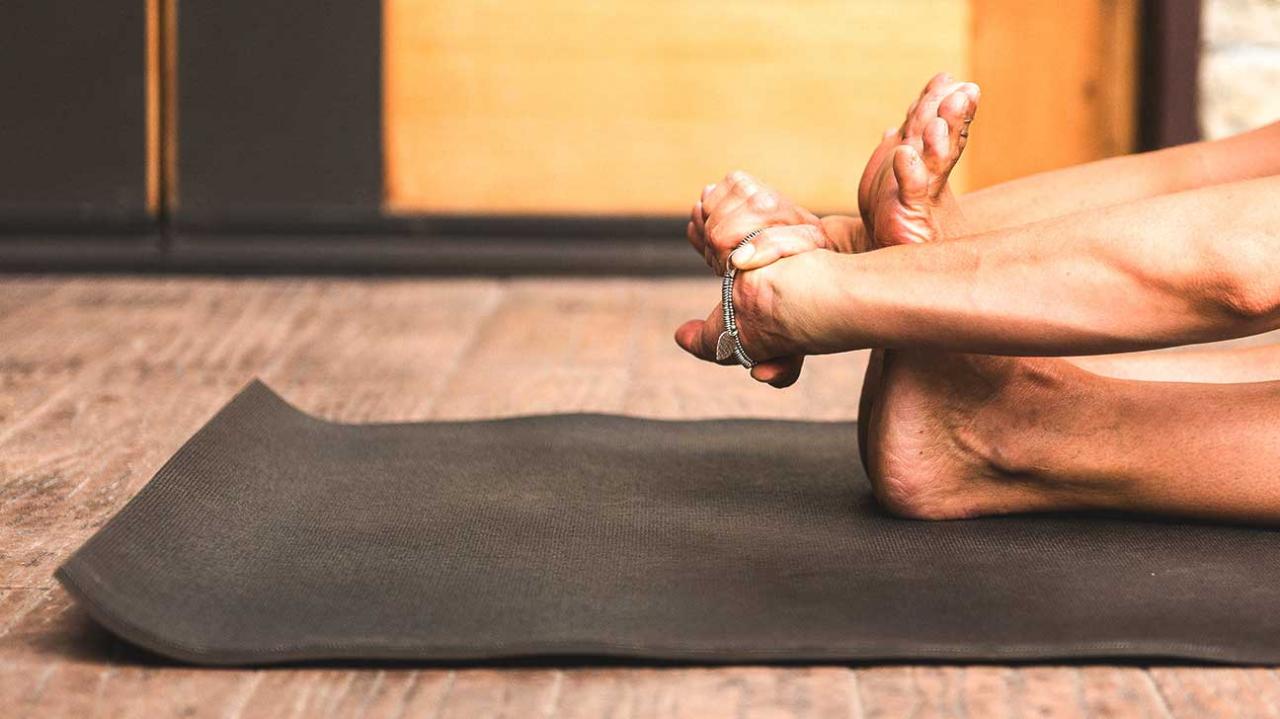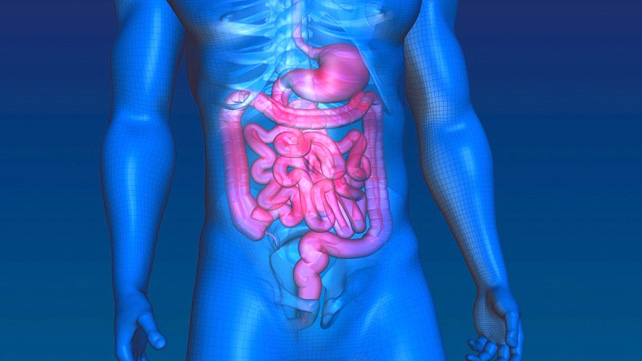
People with Crohn’s disease have chronic inflammation in lining of their digestive tract. The exact cause of Crohn’s disease isn’t known, but this inflammation involves an overreaction of the immune system. The immune system mistakes harmless substances, like food, beneficial bacteria, or the intestinal tissue itself, for a threat and attacks them. Over time, this results in chronic inflammation. Sometimes, this overreaction can cause problems in other areas of the body outside the gastrointestinal tract. The most common is in the joints.
Crohn’s disease also has a genetic component. In other words, people with particular gene mutations are more susceptible to Crohn’s disease. Research has found that these same gene mutations are also related to other types of inflammatory conditions, such as psoriasis, rheumatoid arthritis, and ankylosing spondylitis. Arthritis is an inflammatory joint condition that causes pain in the joints. If you have Crohn’s disease, you may also be at an increased risk of arthritis.
Joint pain vs. arthritis
Two types of joint issues can occur if you have Crohn’s disease:
- arthritis: pain with inflammation
- arthralgia: pain without inflammation
If you have aching in your joints without swelling, then you have arthralgia. Roughly 40 to 50 percent of people with inflammatory bowel disease (IBD) have arthralgia at some point in their lives. Crohn’s is a type of IBD. Arthralgia can occur in many different joints throughout your body. The most common places are your knees, ankles, and hands. Crohn’s disease arthralgia doesn’t cause damage to your joints.
Arthritis, on the other hand, means inflammation. If you have arthritis, your joints will be painful and also swollen. Arthritis may affect up to 20 percent of those with Crohn’s disease. Arthritis that occurs with Crohn’s disease is a bit different from regular arthritis because it starts at a younger age.
What type of arthritis is most common in people with Crohn’s disease?
There are three major types of arthritis that can occur in people with Crohn’s disease.
Peripheral arthritis
A majority of the arthritis that occurs in people with Crohn’s disease is called peripheral arthritis. This type of arthritis affects the large joints, such as those in your knees, ankles, elbows, wrists, and hips. The joint pain typically occurs at the same time as stomach and bowel flare-ups. This type of arthritis typically doesn’t result in any joint erosion and lasting damage to the joints.
Symmetrical arthritis
A smaller percentage of those with Crohn’s disease have a type of arthritis known as symmetrical polyarthritis. Symmetrical polyarthritis can lead to inflammation in any of your joints, but it typically causes pain in the joints of your hands.
Ankylosing spondylitis
Finally, a small percentage of people with Crohn’s disease will develop a severe condition known as ankylosing spondylitis (AS). This progressive inflammatory condition affects your sacroiliac joints and spine. Symptoms include pain and stiffness in your lower spine and near the bottom of your back at the sacroiliac joints. Some people may even have symptoms of AS months or years before their Crohn’s disease symptoms appear. This type of arthritis can lead to permanent damage.
Treating joint pain
Normally, doctors would recommend using nonsteroidal anti-inflammatory drugs (NSAIDs) like aspirin (Bufferin) or ibuprofen (Motrin IB, Aleve) to relieve joint pain and swelling. However, NSAIDs aren’t recommended for people with Crohn’s disease. They can irritate your intestinal lining and worsen your symptoms. For minor pain, your doctor may recommend using acetaminophen (Tylenol).
Several prescription drugs are available to help with joint pain. Many of these treatments overlap with Crohn’s disease medications:
- sulfasalazine (Azulfidine)
- corticosteroids
- methotrexate
- newer biologic agents such as infliximab (Remicade), adalimumab (Humira), and certolizumab pegol (Cimzia)
In addition to medication, the following at-home techniques might help:
- resting the affected joint
- icing and elevating your joint
- doing certain exercises to reduce stiffness and strengthen muscles around joints that can be prescribed by a physical or occupational therapist
Exercise helps improve the range of motion in your joints and also helps relieve stress. Low-impact cardio exercises like swimming, stationary biking, yoga, or tai chi as well as strength training may help.
When to see your doctor
If you’re experiencing joint pain, see your doctor. They may want to perform diagnostic tests to rule out other causes of your pain. Your doctor may also want to adjust your Crohn’s disease medications. Occasionally, joint pain could be related to side effects of your medication.
Your doctor can recommend a physical therapist to help you develop an exercise program for your joints.
Outlook for joint pain
Joint pain for people with Crohn’s disease typically lasts only a short time and usually doesn’t result in permanent deformity. Your joint pain will improve as your intestinal symptoms improve. With gastrointestinal symptoms tamed through medication and diet, the outlook for your joints is generally good.
However, if you’ve also received an AS diagnosis, the outlook is more variable. Some people improve over time, while others get progressively worse. With modern treatments, life expectancy for people with AS typically isn’t affected.
Read more in Crohn's Disease Resources


